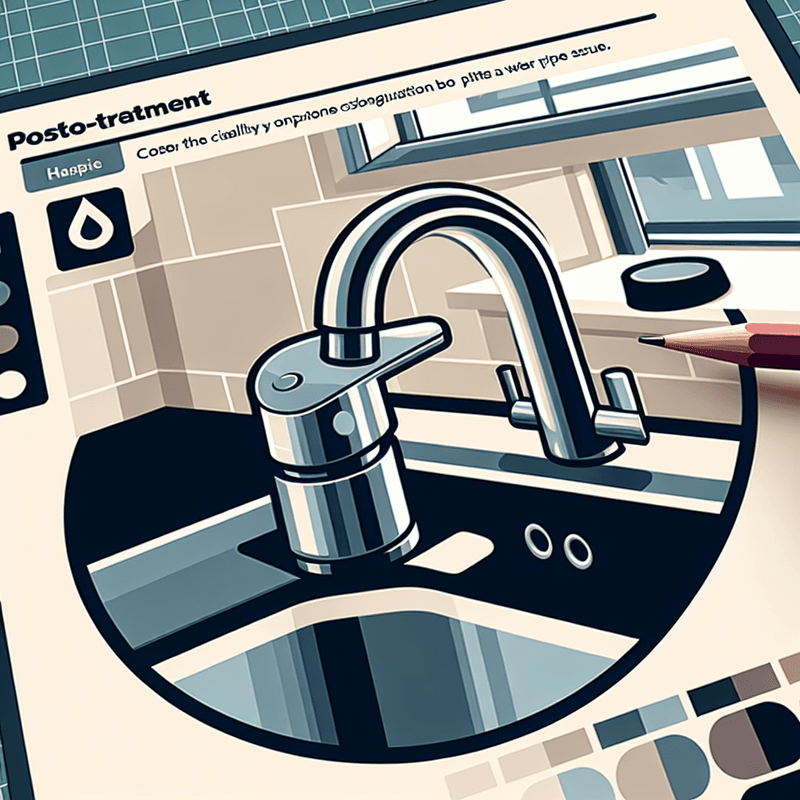Waterlogged gardens can transform from a picturesque spot to a mucky mess, and often the most effective solution to address this soggy problem is the installation of a French drain. This system, a trench filled with gravel or rock containing a perforated pipe, diverts underground water and surface water away from your home’s foundations and garden spaces. However, the process of designing and installing a French drain requires certain considerations and steps to ensure its effectiveness and longevity.
Understanding Waterlogging and Why a French Drain Helps
Waterlogging occurs when rainwater or groundwater cannot drain away from garden soil effectively. The result is excess moisture that can kill plants, turn lawns into mud pits, and even risk the structural integrity of your house foundations. A French drain works by providing an easy channel for this water to flow through, redirecting it away from problematic areas.
The effectiveness of a French drain lies in its design. It collects water over its entire length, not just at one particular point. This distributed approach aids in handling a large volume of water which simply re-routing surface water might not adequately address.
Identifying the Need for a French Drain
The first step is recognising the signs that you might need a French drain. Key indicators include:
- Water pooling in your garden frequently.
- Damp patches on walls, particularly after rainfall.
- Rapidly dying plants or significantly waterlogged soil.
If you spot these issues, it may be time to consider installing a French drain. However, understanding whether the issue is due to surface water (such as rain runoff) or deeper groundwater issues is essential, as it will guide the type of French drain system that will be most effective.
Planning Your French Drain
Before grabbing a shovel, planning is crucial. This includes:
- Choosing the Location: The trench should run from the wettest part of your garden to a suitable exit point where water can be safely diverted. This could be a street drain, a low point at the edge of your property, or other drainage systems.
- Determining the Gradient: Effective drainage needs gravity; your trench must have a steady decline to ensure water flows. Generally, a drop of one percent along the trench is recommended.
- Assessing Soil Type: Clay soils drain slower than sandy soils and might require additional considerations like a wider trench or more robust filtering fabric.
Installing the French Drain
While installing a French drain is achievable as a DIY project, attention to detail is crucial:
1. Excavate the Trench: This should be about 6 inches wide and 18 to 24 inches deep, depending on the extent of your waterlogging issue.
2. Line the Trench: Non-woven landscaping fabric should line the trench to prevent sediment from clogging the pipe.
3. Add Gravel: Before laying the pipe, add a layer of gravel to the bottom of the trench.
4. Lay the Pipe: Ensure that the perforated pipe is placed with the holes facing downwards.
5. Cover the Pipe: After placing the pipe, cover it completely with more gravel, then wrap the top with the loose ends of the landscaping fabric to create a filtration barrier.
6. Backfill the Trench: Finally, cover the gravel and fabric with the original soil, sloping it slightly away from the centre to encourage runoff.
Addressing Common Installation Challenges
During installation, you might encounter several challenges such as hitting underground utilities. Always check with utility companies ahead of digging to avoid costly and dangerous mistakes. Another common issue is underestimating the gradient needed for effective water flow, which can result in stagnant water within your drain.
Maintaining Your French Drain
Maintenance is vital:
- Inspect Regularly: Check for signs of blockage or sediment build-up.
- Clear Debris: Keep the exit point clear of leaves, dirt, and other debris.
- Check Downspouts: Ensure nearby downspouts are not directing water towards your French drain.
Recognising When to Call a Professional
While many aspects of installing and maintaining a French drain can be DIY, certain situations call for professional intervention. This can include cases where extensive excavation is needed, the identification and mediation of underground utilities, or if after installation, the system doesn't accurately direct water as intended.
Conclusion
Installing and maintaining a French drain is a straightforward but methodical process that can significantly alleviate issues with waterlogging in your garden. Regular maintenance ensures its effectiveness and longevity, protecting your property from potential moisture damage. As a final tip, it’s wise to perform a yearly check, especially after a heavy rainseason, to ensure everything is functioning as it should. Sometimes, issues detected early can be simple fixes, preventing larger problems down the road.





